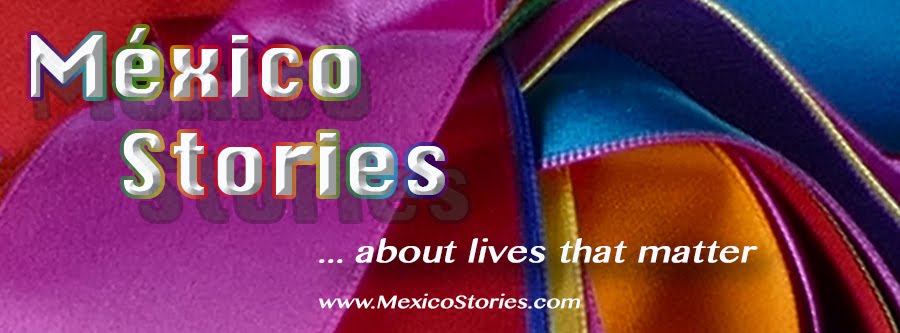 |
| An insect died to create this color in my hand. |
Hundreds or perhaps thousands of years ago, a Mexican weaver crushed a bug in her hand, found a bright red color and applied it to the thread she was weaving. That unknown weaver launched a cultural revolution. Well, it might have happened that way.
A fundamental aspect of folk art is doing things the way they were done before the advent of computers, mechanized production lines, and chemicals concocted in a laboratory. The terms hand-crafted and natural are as common in the folk art world as organic is in the world of agriculture.
This is as true of color as it is of natural materials such as cotton, wool and silk. While there is a huge world of commercial dyes, inks and paints, there is also a smaller, but growing, world of artisans using only colors available from the natural world of plants, animals and insects.
 |
| Cotton dyed with the cochineal pigment. |
One of the criteria used by the Feria Maestros del Arte, one of the most respected folk art fairs held every mid-November in Chapala, Mexico, is the use of natural pigments and materials in the traditional ways of the past.
Yesterday, I joined an excursion that included a stop at the cochineal farm Tlapanochestli (meaning scarlet colors) in Santa Maria Coyotopec, a village just outside Oaxaca. It looked like a field of
prickly pear cactus, however, the real “farming” was happening in a
green house where cactus pads are resting in carefully labeled beds
tracking the maturation of the cochineal insects growing on
them. Each pad hosts white cocoons dusted with what looks like a powdery substance
but is actually a natural, waxy coating that prevents water loss and
protects the insect from the sun. A bug sunscreen, so to speak.
The insects feed on the cactus which contains carminic acid, thus producing the red color. After 90 days, the mature insects are scraped off the cactus pads and dried. It takes approximately 70,000 insects to make a pound of dye. That might be why cochineal dye at one time was Mexico’s second most important export, next to silver.
Natural dye workshops have become very popular in the Oaxaca area and this YouTube video will give you a 5-minute sample.
 |
| Click here to watch video. |
 |
| Bug free cactus flower. |
Resources:



Taking an shibori-indigo dye workshop at Via Organica's farm outside of SMA the end of the month. Looking forward to it!
ReplyDelete